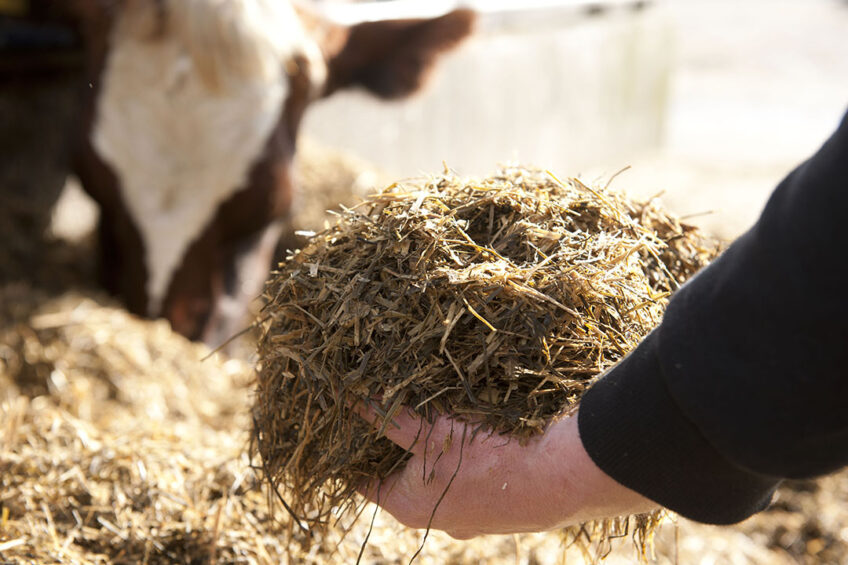Mycotoxin survey 2021: Risk for animals remains high

The risk of mycotoxin contamination remains high around the globe according to the DSM world mycotoxin survey.
In total the company analysed 24,069 samples in 2021 from 75 counties. For which could derive that 61% of the samples were contaminated with a mycotoxin level that can harm the health and performance of animals. In a webinar in which the main results were discussed, Anneliese Mueller, product manager at DSM addressed that climate change still has an important impact on the development of mycotoxins: “The development of the fungi is strongly dependent on weather influences, floods, droughts and insect attacks. Extreme weather events caused by climate change cause stress and are a main trigger for mycotoxins occurrence.”
Europe: Mycotoxin risk level of 44%
It was found that Europe has a risk level of 44%, this will mean that 1 out of 2 animals will be exposed to mycotoxin risk, explains Wolfgang Market, mycotoxin risk manager at DSM in the webinar. The survey shows that in western Europe and southern Europe there is a high risk for mycotoxin contamination. In Scandinavia, Britain, Ireland, and Russia there is a moderate risk of contamination. DON is most prevalent, however there is a slightly lower prevalence number then in 2021, but the risk for Swine, poultry and shrimps is still high. For other mycotoxins, Afla, ZEN, T-2, FUM and OTA there is a moderated risk for all animals in Europe. After Don, ZEN and FUM are the most prevalent mycotoxins and T2 prevalence has slightly increased in 2021.
Middle east and North Africa: Aflatoxins risk for animals and humans
Sander Janssen, mycotoxin risk manager at DSM, addresses that there is an overall high risk mycotoxin level in middle east and North Africa. The risk level in this region is 55% and the Fusarium mycotoxins are highly abundant with 84% of the samples tested positive, followed by ZEN and FUM, with respectively 55% and 80%. Janssen: “Aflatoxins prevalence increased from 7% in 2020 to 23% in 2021. This is something to take very serious, it does not only implicate the high risk for animals, but there is also indirect transmission to humans, via milk for instance.”
South Africa: 7 out of 10 animals exposed
There is also a high risk of mycotoxin contamination in this area of 66%. Janssen: “Meaning 7 out of 10 animals will be exposed to mycotoxin risk.” DON is most prevalent with 80%, followed by FUM. In cereals, DON was found in 77% of the samples and a maximum of 2610 ppb was found. Overall, DON percentage increased from 76% prevalence in 2020 to 80 in 2021.
DON remains most prevalent mycotoxin
The top 3 mycotoxins most found remain DON, FUM and ZEN. The mycotoxin most often found was Deoxynivalenol and was present in 60% of the samples. Fumonisin B2 was present in 57% of the samples and Fumonisin B1 in 56% of the samples.
The masked mycotoxin Deoxynivalenol-3-Glucoside was found in 46% of the samples.
The 2 emerging mycotoxins that were most found are Moniliformin and Beauvericin. Moniliformin was found in 53% of the samples and Beauvericin in 44%. Especially broilers seem very susceptible for Moniliformin according to Anneliese Mueller: “It can be genotoxic and have negative effects for the heart and cause muscular weakness and respiratory distress.”











